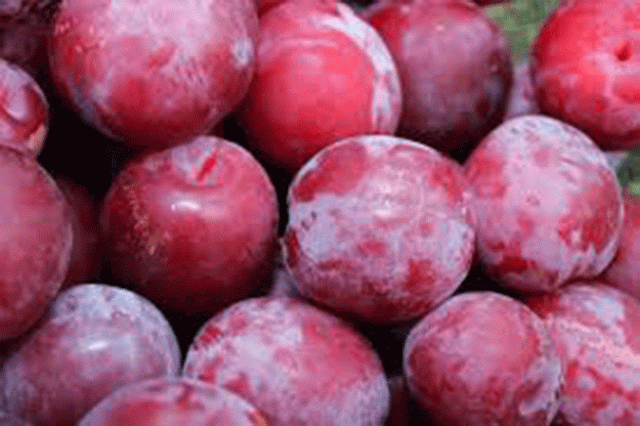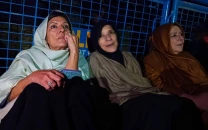Purple haze: The story of Wana’s blooming plums
Bumper crop sets flavour for South Waziristan’s apple picking season

PHOTO: SINGLETRACKWORLD
As the apple crop waits for the weather to shift gears, the orchards of Wana, South Waziristan Agency are far from barren.
Wana’s climatic conditions are perfect for the apple crop, after all apple orchards punctuate the highlands of the area. Yet the fertile soil keeps on giving – plums are a supplementary delicacy.

Plums are a precursor to the region’s signature apple picking season. Come summer, the produce from the area’s few plum gardens adds to the palate of the Waziristanis. A wide variety of plums are harvested in villages like Spin, Shakai, Azam Warsak and Kari Kot.
Bumper crop
Like yesteryears, the orchards have witnessed another bumper crop this season.
Every evening, hundreds of plum cartons and crates arrive at the central fruit market situated in the heart of Wana Bazaar. The crates are auctioned to wholesalers in the morning, following which the produce trickles down to the rest of the country. Transporters prefer the Gomal-Zam Road that connects Wana with Tank district.
Local bazaars are equally replete with the harvest. As a part of Pukhtunwali, those visiting the orchards of Wana are offered these fruits for free.
With or without water
Dependency on tube wells for irrigation is high and the perennial problem of power shortage adds to the woes of these fruit growers.
Irked by the running costs of operating his tube well, Kalotai village’s Adam Khan invested his life savings in a solar power generation system. “I spent Rs1.2 million on it,” pointing towards the newly-installed solar panels, he tells The Express Tribune.
Adam is one of many farmers unhappy with the rates offered by the market dealers. “They pay a measly Rs250 to Rs500 for every six-kilogramme carton,” he said.
After tending to the crop all season and incurring all production costs, including packaging and the agents’ commission, he is hardly left with enough to make ends meet.

Not every other farmer of Wana can afford an alternative power or irrigation source. Groundwater depletion is a matter of grave concern.
“Locals cannot depend on tube wells for long. They eventually have to return to the water channel irrigation system,” said Allah Noor, an engineer native to Wana. Noor was of the view new channels can be dug up only when small dams are built in the western mountains. “The older channels have all dried up at the cost of Wana’s greenery.”
Into thin air
Wana also has an agriculture department of its own.
Lost in the passageways of the tehsil headquarters compound, the rooms assigned to the department have been padlocked since long. Officials vanished into the ether long ago and access to data is obviously out of the question.
Agriculture has traditionally been the bread and butter of the Waziristanis. Prolonged periods of political turmoil and militancy have ripped the region’s social fabric apart. While the sustainability of traditional farming practices remains unanswered, external factors are an equal threat to the Waziristani way of life.
Published in The Express Tribune, June 19th, 2015.












COMMENTS
Comments are moderated and generally will be posted if they are on-topic and not abusive.
For more information, please see our Comments FAQ